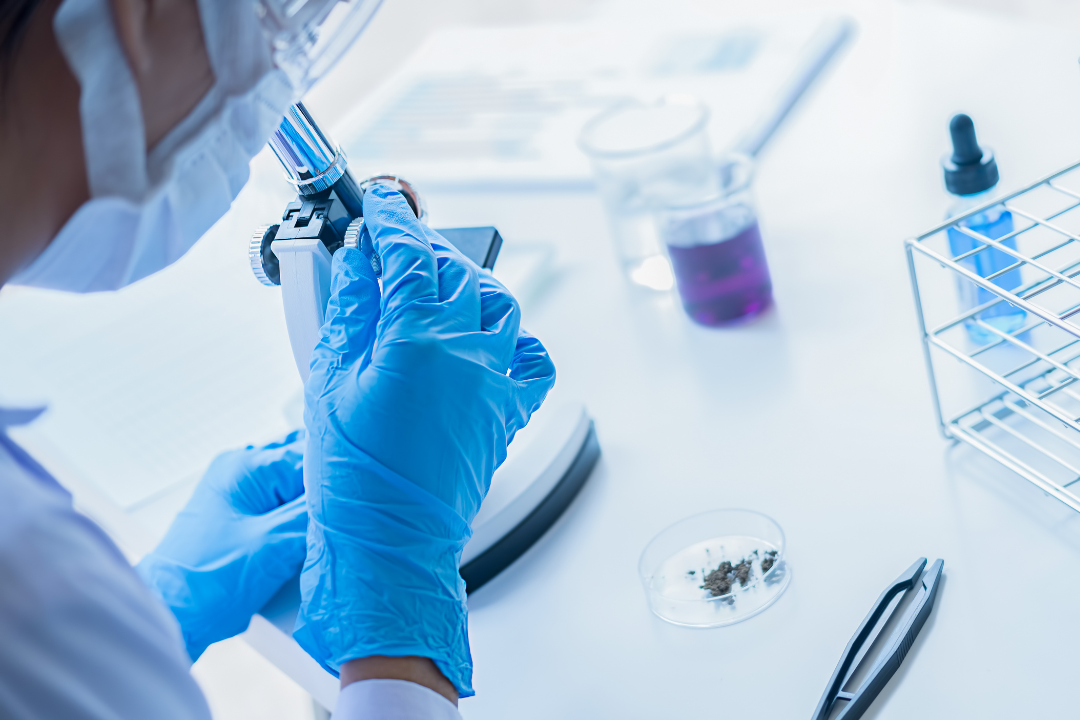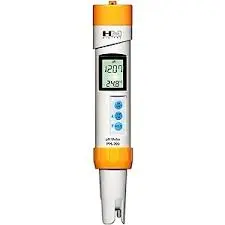pH meters for chemical testing are essential tools used to measure the acidity or alkalinity of a solution by quantifying the concentration of hydrogen ions (H+). They play a crucial role in various scientific, industrial, and environmental applications, helping to assess the pH levels of liquids accurately. Here’s an overview of pH meters:

Consist of a glass membrane that selectively interacts with hydrogen ions.
Provide a stable reference potential for accurate measurements.
Includes the electronics necessary for measuring and displaying pH values.
Standard buffer solutions with known pH values used for calibration.



Chem Test Guru is a trusted provider of reliable, innovative chemical testing solutions for labs, field operations, and commercial applications.
41 Flatbush Avenue New York, NY 11217 USA